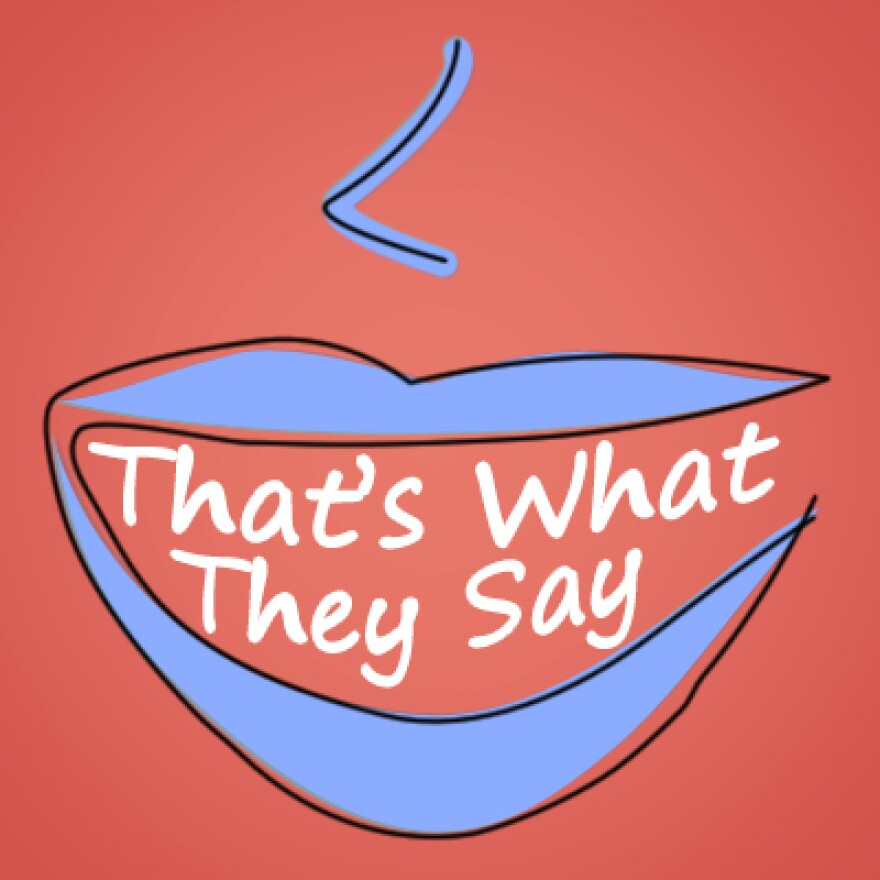Few words carry the cultural weight of a decade like the 1960s mantra, groovy. It can seem hard to separate the word from the period, but, according to University of Michigan English Professor Anne Curzan, the ‘60s were not the birthplace of the groove. Nor has the word always meant what we use it to mean today.
“To start, we should just take the noun groove,” says Curzan. “In its earliest use, which goes back hundreds of years, it meant a mining shaft.”
“And then it comes to mean a channel or hollow that was used to cut into the wood. We can see then how it comes to be a ‘furrow.’ That can be a natural furrow, one that’s cut in.”
In 1902, Curzan explains, that image of a wood furrow is applied to the furrows that gramophones use when they play records. From there, the word starts to become more figurative, and not quite in the way we probably imagine.
“When I was looking at the Oxford English Dictionary,” says Curzan, “I was struck that in the 19th century ‘in a groove’ was used much more negatively, synonymously with ‘in a rut.’"
It wasn’t until the 1930s that “in a groove” started to mean “things are going well,” which is closer to the groovy usage we know and love today.
“Now, groovy goes back to jazz,” says Curzan. “The OED has it first showing up in 1937, and it was used to refer to a state of mind where people were playing well, or just to [jazz players] who were playing well.”
Groovy naturally came to mean that something is just, simply, great. It’s groovy.
“But then it had another heyday in the ‘60’s,” says Michigan Radio’s Rina Miller.
When Curzan looked into groovy usage via Google Books, she saw that the number of occurrences skyrocketed in the 1960s before peaking in the 1970s. Everything was just grooving.
“Then it drops precipitously,” says Curzan. “It just falls off.”
While groovy might seem like anachronistic slang today, Curzan found that the word can pop up in some unexpected places, particularly in the 1990s.
“There are these uses of groovy that I think maybe we don’t notice,” says Curzan. “For example: ‘a groovy downtown crowd,’ or, ‘a groovy dance number.’”
So, if you’re looking to use groovy without feeling self-conscious, consider attending more concerts or shows downtown.






